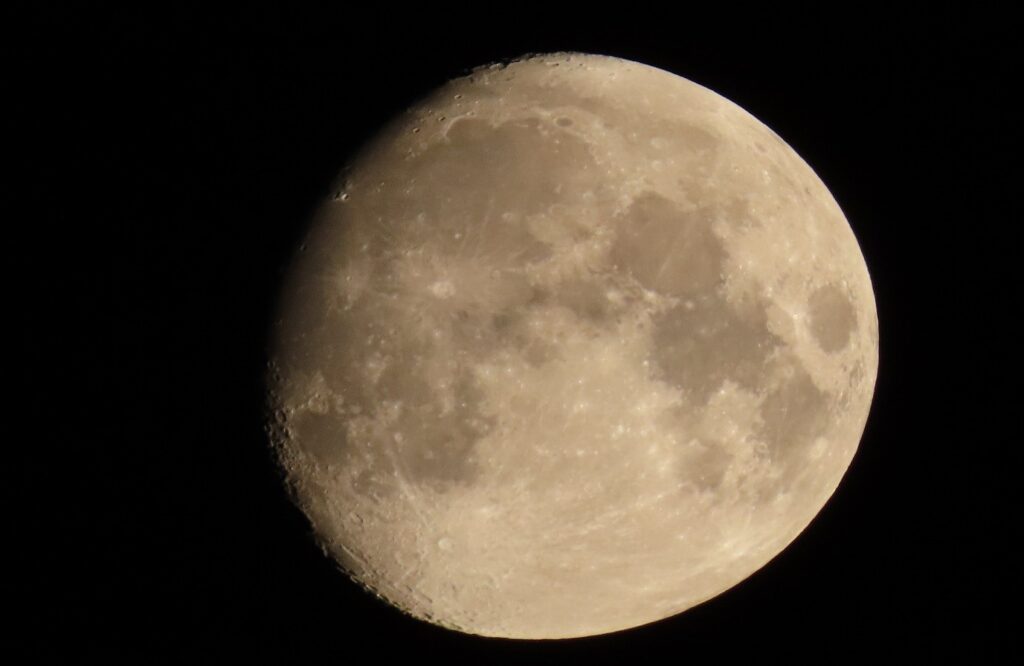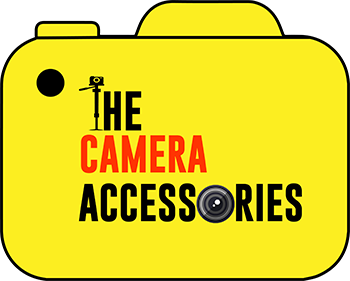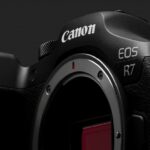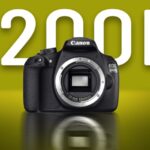Canon powershot SX70 HS 65x zoom is the main draw, but the camera’s 4K video abilities, superb EVF, and LCD are all very appealing. While the results are acceptable for a camera with this sensor size, we recommend sticking with ISO 800 or higher. which makes it best suited for use in lit conditions. While we enjoy the features and handling, the Canon power shot SX70 HS is less flexible. we’d like due to its results in low light. It’s an excellent choice for gatherings with the family.
Canon power shot SX70 HS Specification
Canon power shot SX70 HS Devices categorized between tiny and interchangeable-lens cameras remain desirable. They combine some of the more advanced features and handling of a DSLR with the straightforward nature of a small camera.
For added flexibility, many people pack a wide range of lenses. For example, the Canon PowerShot SX70 could be the best Canon camera for long-distance photography at a limited price due to its 65x optical zoom.
The use of a sub-APS-C-type sensor performs a significant role in making this enormous zoom possible. In this case, the 3.8-247mm lens could produce an angle of view that is like a 21–1365mm optic on a full-frame camera because of the 1/2.3-inch.
This type back-illuminated CMOS chip. That’s a very amazing reach, and many DSLR photographers could never have imagined what their lenses were going to be capable of.
The Canon power shot SX70 HS is 20.3 megapixels—a twenty-five percent improvement compared to the 16.1MP of its predecessor.
the SX60 HS—should lead to detailed files that are well-suited to both greater prints and the requirements of post-processing.
Canon added a stabilizing element to the lens, and it works. At the telephoto end of the lens, it aids in framing pictures of far-off things and helping images be clear. It’s much easier than it would be with the steadier view.
Specifications in detail
| Image Sensor | |
| Type | 1/2.3 type back-illuminated CMOS |
| Effective Pixels | Approx. 20.3M1 |
| Total Pixels | Approx. 21.1M |
| Colour Filter Type | Primary Colour |
| Image Processor | |
| Type | DIGIC 8 |
| Lens | |
| Focal Length | 3.8 – 247.0 mm (35 mm equivalent: 21 – 1365 mm) |
| Zoom | Optical 65x ZoomPlus 130x Digital approx. 4.0x (with Digital Tele-Converter Approx. 1.6x or 2.0x2) Combined approx. 260x |
| Maximum f/number | f/3.4 – f/6.5 |
| Construction | 15 elements in 11 groups (3 UD lenses, 1 double-sided aspherical lens) |
| Image Stabilisation | Yes (lens shift-type), Approx. 5 stop 3. Intelligent IS with Dual Sensing IS plus 5-axis Advanced Dynamic IS |
| Focusing | |
| Type | TTL |
| AF System/ Points | Face & Tracking (9 points), Tracking, 1-point, Spot |
| AF Modes | One Shot, Servo, Continuous |
| AF Assist Beam | Yes |
| Manual Focus | Yes, plus MF Peaking |
| Closest Focusing Distance | 0 cm (W) from front of lens in Macro |
| Exposure Control | |
| Metering modes | Evaluative, Centre-weighted average, Spot (except movie) |
| AE Lock | Yes |
| Exposure Compensation | +/- 3 EV in 1/3 stop increments. |
| ISO Sensitivity | 100-3200 in 1/3 stop increments |
| Shutter | |
| Speed | 15 – 1/2000 s |
| White Balance | |
| Settings | Auto , Daylight, Shade, Cloudy, Tungsten, Fluorescent, Flash, Custom. |
| Viewfinder | |
| Viewfinder | 0.39 type, approx 2.36m dots |
| Viewfinder / Coverage | approx 100% |
| Dioptre Correction | approx -3.0 – +1.0 m-1 (dpt) |
| LCD Monitor | |
| Monitor | 7.5 cm (3.0”) Vari-Angle LCD (TFT), approx. 922,000 dots |
| Coverage | Approx. 100% |
| Brightness | Adjustable to one of five levels |
| Flash | |
| Modes | Auto, Manual Flash On / Off, Slow Synchro |
| X-Sync Speed | Fastest speed 1/2000 s |
| Red-Eye Correction | Yes |
| Flash Exposure Compensation | +/- 2 EV in 1/3 stop increments. |
| Flash Exposure Lock | Yes |
| Manual Power Adjustment | 3 levels with internal flash |
| Second Curtain Synchronisation | Yes |
| Built-in Flash Range | approx 50 cm – 6.5 m (W) / 1.8m – 4 m (T) |
| Shooting | |
| Modes | Shot, Program AE, Shutter priority AE, Aperture priority AE, Manual,, Sports, SCN, Creative Filters Panorama, Hybrid Auto, Smart Auto, Custom x2 |
| Drive modes | Single, High-speed continuous, low-speed continuous |
| Continuous Shooting | Max: One Shot AF approx 10fps, Servo AF approx 5.7fps |
| Recording Pixels / Compression | |
| Image Size | 4:3 – (L) 5184 x 3888, (M) 3648 x 2736, (S) 2432 x 1824 16:9 – (L) 5184 x 2912, (M) 3648 x 2048, (S) 2432 x 1368 3:2 – (L) 5184 x 3456, (M) 3648 x 2432, (S) 2432 x 1616 1:1 – (L) 3888 x 3888, (M) 2736 x 2736, (S) 1824 x 1824 |
| Compression | Fine, Normal |
| Movies | (4K) 3840 x 2160, 29.97/25 fps (Full HD) 1920 x 1080, 59.94/50/29.97/25 fps, (HD) 1280 x 720, 59.94/50 fps |
| Movie Length | Up to 29 min 59 s4 |
| File Type | |
| Still Image Type | JPEG compression, (Exif 2.3 [Exif Print] compliant) / Design rule for Camera File system 2.0, Digital Print Order Format [DPOF] Version 1.1 compliant |
| Movies | MP4 [Video: MPEG-4 AVC / H.264, Audio: MPEG-4 AAC-LC (stereo)] |
| Direct Print | |
| Canon Printers | Canon Compact Photo Printers SELPHY and Canon Inkjet Printers supporting PictBridge |
| PictBridge | Yes (via USB or Wireless LAN) |
| Other Features | |
| GPS | GPS via Mobile (via Canon Camera Connect app with compatible smart devices) |
| Red-Eye Correction | Yes, during shooting and playback |
| Histogram | Yes |
| Playback zoom | Approx. 2x – 10x |
| Self Timer | Approx. 2, 10 s or Custom |
| Menu Languages | English, German, French, Dutch, Danish, Finnish, Italian, Greek, Norwegian, Portuguese, Russian, Swedish, Spanish, Ukrainian, Polish, Czech, Hungarian, Turkish, Simplified Chinese, Chinese (traditional), Japanese, Korean, Thai, Arabic, Romanian, Farsi, Hindi, Malay, Indonesian, Vietnamese, Hebrew |
| Interface | |
| Computer | Hi-Speed USB dedicated connector (Micro-B compatible) |
| Other | HDMI Micro (Type-D) Connector |
| Computer/Other | Wi-Fi (IEEE802.11b/g/n), (2.4 GHz only)5 |
| Memory Card | |
| Type | SD, SDHC, SDXC (UHS-1 Speed Class 3 compatible) |
| Supported Operating System | |
| PC & Macintosh | See software pages |
| Power Source | |
| Batteries | Rechargeable Li-ion Battery LP-E12 (battery and charger supplied) |
| Battery life | Screen: Approx. 325 shots Viewfinder: Approx. 255 shots Eco Mode: Approx. 405 shots Playback Mode: Approx. 360 mi |
| Accessories | Power Supply & Battery Chargers Compact Power Adapter CA-PS700 Battery Charger LC-E12E Rechargeable Li-ion Battery LP-E12 |
powershot SX70 HS Features
The Canon power shot SX70 HS sensor comes with a Digic 8 processor, allowing an ISO 100–3200 sensitivity range and a top continuous shooting speed of 10 frames per minute (5.7 frames per minute with constant focusing).


Although possessing only 9 established AF points, the SX70 HS’s AF system is actually efficient. In good lighting, it right away improves a lot of things.
Additionally, the Tracking AF system does an excellent job of keeping up with slow-moving targets. Being a contrast-detection system, it must to come as no surprise that it begins to hunt as the contrast or light levels decrease.
The canon powershot SX70 HS is portable while having a wide zoom range. Although it is mostly made of polycarbonate (also known as plastic). it appears high-quality and the thick grip suits your palm nicely.
Pros
- DSLR-inspired design and performance +4K video + The primary benefit is the 65x zoom lens.
Cons
- Some bridge cameras have greater zooms
- No touch screen; poor image quality
Reviewing the Canon PowerShot SX70 HS with care
Canon power shot SX70 HS have Aperture priority, shutter priority, manual exposure mode, and a variety of easy modes for photography are all accessible using the style dial on the top of the camera.


It’s important to keep in mind that smooth at the lowest focal length, the aperture can be altered by 2 2/3 EV, from f/3.4 to f/8. There are fair 3 aperture settings available at the lengthy focal length: f/6.5, f/7.1, and f/8.0.
That’s not occasional for a bridge-type camera, but if you’re observing for a camera that proposes a lot of switches, keep that in mind.
Equally the 3-inch, 922,000-dot screen on the behind of the camera and the 0.39-inch, 2.36-million-dot automatic viewfinder offer an outstanding, sharp picture with a lot of features.


The screen’s modifiable hinge is a plus as it permits an additional creative image assembly, but it’s a disgrace that it isn’t touch-sensitive.
It indicates that changing the AF point necessitates pressing a button while using the navigation pad; tapping on the screen would be quicker and more logical.
Conclusion
The Canon powershot SX70 HS gives decent images at low sensitivity settings and in favourable conditions, but if at all possible, we’d recommend shooting with ISO 800 or below.
The pictures taken with a 20Mp 1/2.3-inch sensor is good for that sensor type but will not compete against those produced by an APS-C size camera.
The pictures at the shortest focal length are a little bit softer and the edges of the frame may become mushy, but overall, they show up well at regular viewing sizes.
Only in circumstances with especially high contrast can chromatic aberration appear visible.
The continuous AF system keeps the subjects sharp, which helps maintain good video quality.
Without an extensive focal length range, the Canon power shot SX70 HS doesn’t have much of an issue with the crop that produces 4K pictures.




